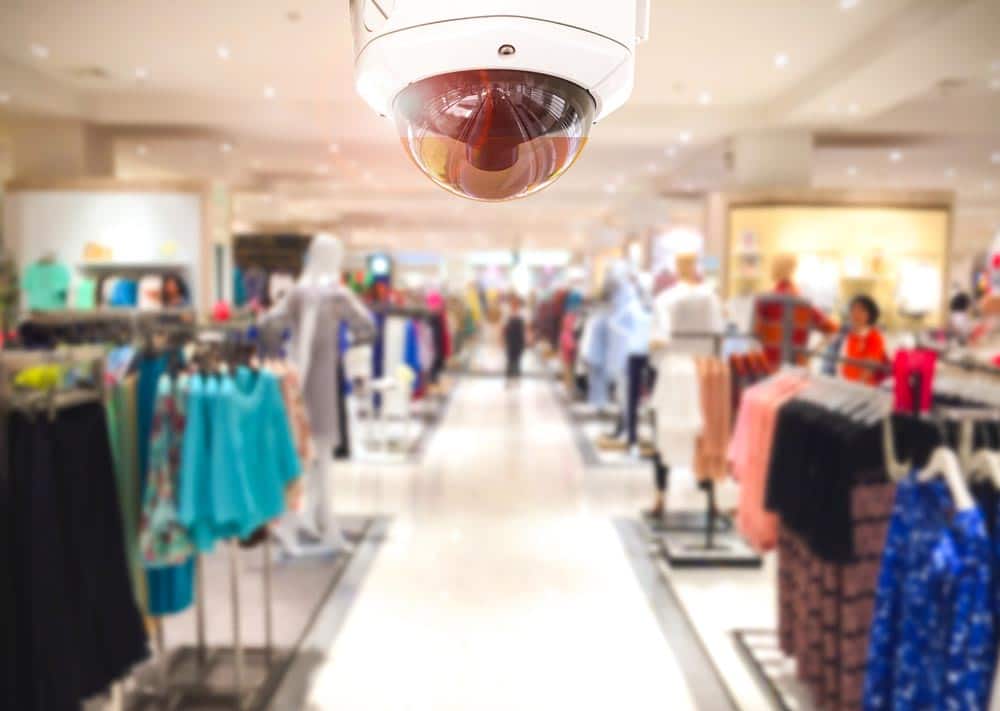In the world of retail, protecting valuable merchandise is crucial. Whether you own a small boutique or manage a large department store, ensuring the safety of your products is a top priority. However, understanding the different types of security measures available can be challenging. Two terms that often come up are display security and product display security. While they may sound similar, they serve distinct purposes. Let’s break down the differences to help you make informed decisions for your business.
What is Display Security?
Display security refers to the measures taken to protect the overall display area within a retail environment. This includes safeguarding the entire display setup, including shelving, signage, and the general layout that showcases products. The focus here is on preventing tampering, theft, or damage to the display as a whole.
For example, display security might involve installing security mirrors, anti-theft domes, or surveillance cameras to monitor and secure the area where products are presented. These tools deter potential theft and ensure that the display remains intact, providing a safe and pleasant shopping experience.
What is Product Display Security?
On the other hand, product display security specifically targets the protection of the individual items being showcased. This involves securing high-value or easily stolen items directly on the display. Product display security solutions include electronic sensors, locks, tethers, and alarms that are attached to the products themselves. These measures make it difficult for thieves to remove the items from the display without being detected.
For example, in electronics stores, you may have seen smartphones or tablets attached to the display with tethers that trigger an alarm if tampered with. This is product display security in action, ensuring that the product remains safe while allowing customers to interact with it.
Key Differences
-
Scope:
- Display Security: Focuses on protecting the entire display setup, including all visual and structural elements.
- Product Display Security: Concentrates on securing individual products within the display.
-
Tools and Techniques:
- Display Security: Involves broader security measures like surveillance, mirrors, and anti-theft domes.
- Product Display Security: Utilizes specific tools such as electronic sensors, tethers, and locks attached directly to the merchandise.
-
Purpose:
- Display Security: Aims to maintain the integrity and safety of the display environment as a whole.
- Product Display Security: Ensures the safety of individual items from theft or damage.
Choosing the Right Security Solution
Understanding these differences helps retailers choose the right security measures for their needs. If your priority is to protect the overall display, investing in robust display security solutions like those offered by Se-Kure can be beneficial. However, if securing individual high-value items is your main concern, product display security measures are essential.
Conclusion
Both display security and product display security play critical roles in the retail environment. By implementing the right combination of these measures, you can create a secure, customer-friendly shopping experience that protects your merchandise while enhancing its visibility. For tailored security solutions that meet your specific needs, visit Se-Kure and explore our wide range of products designed to safeguard your retail space effectively.










